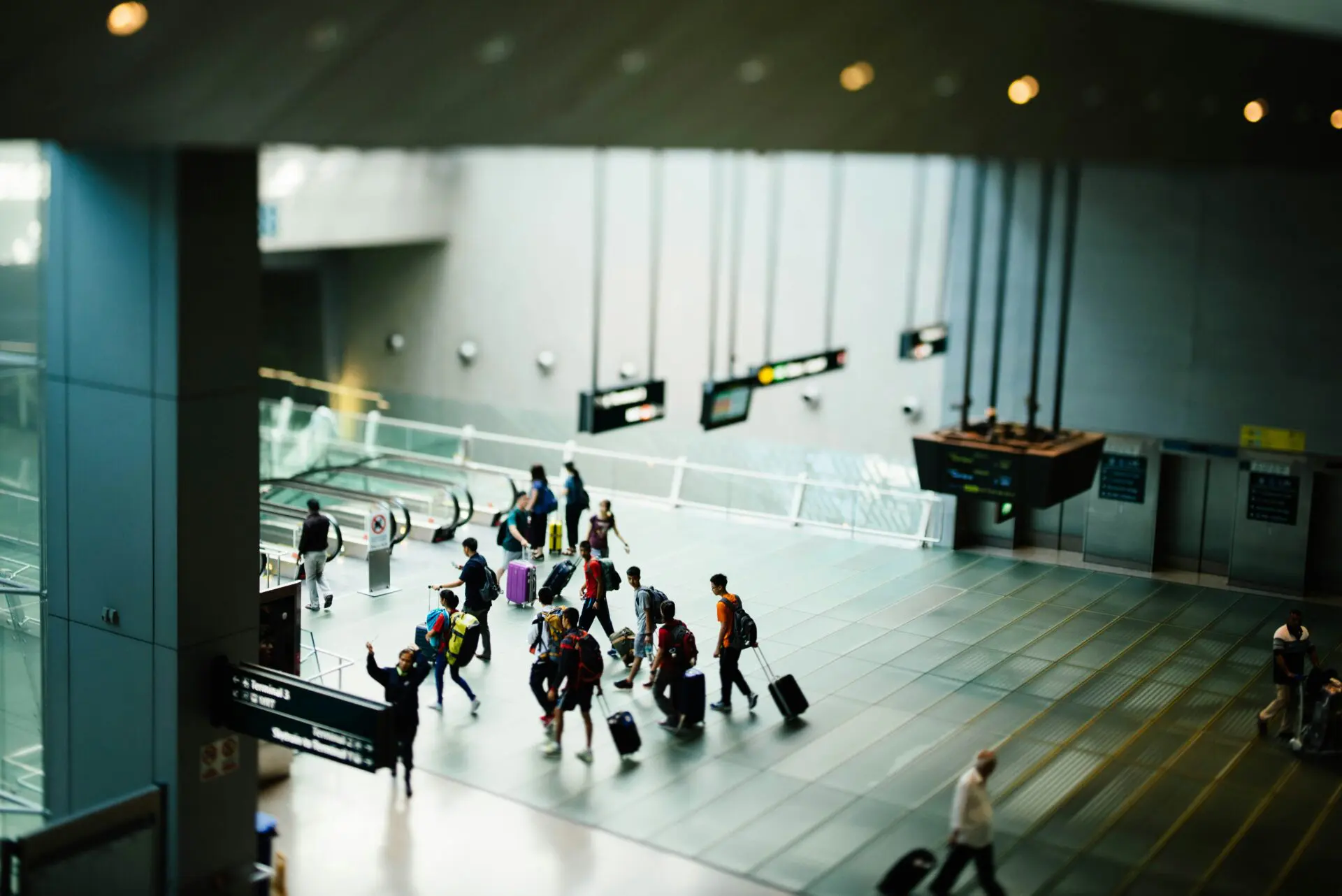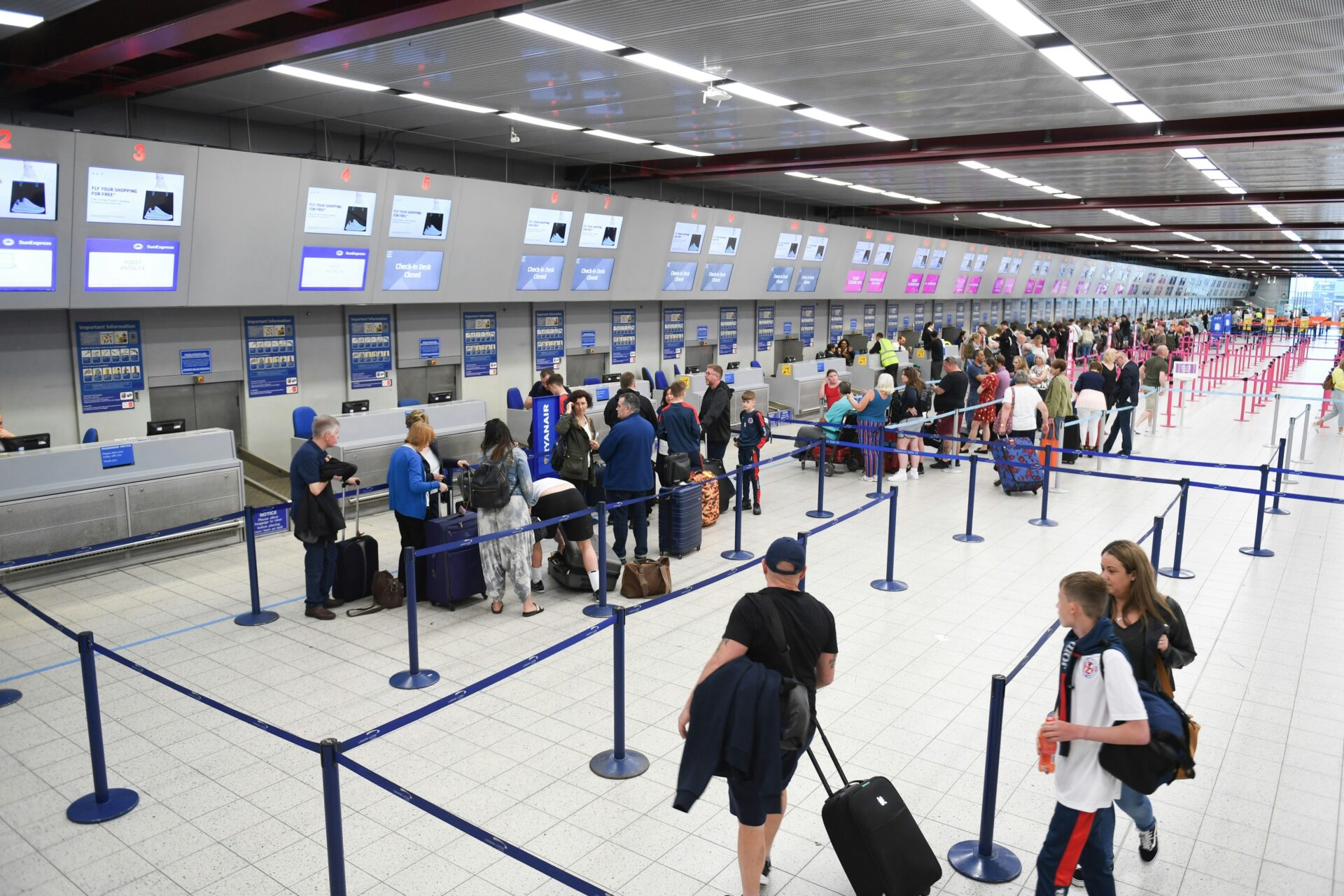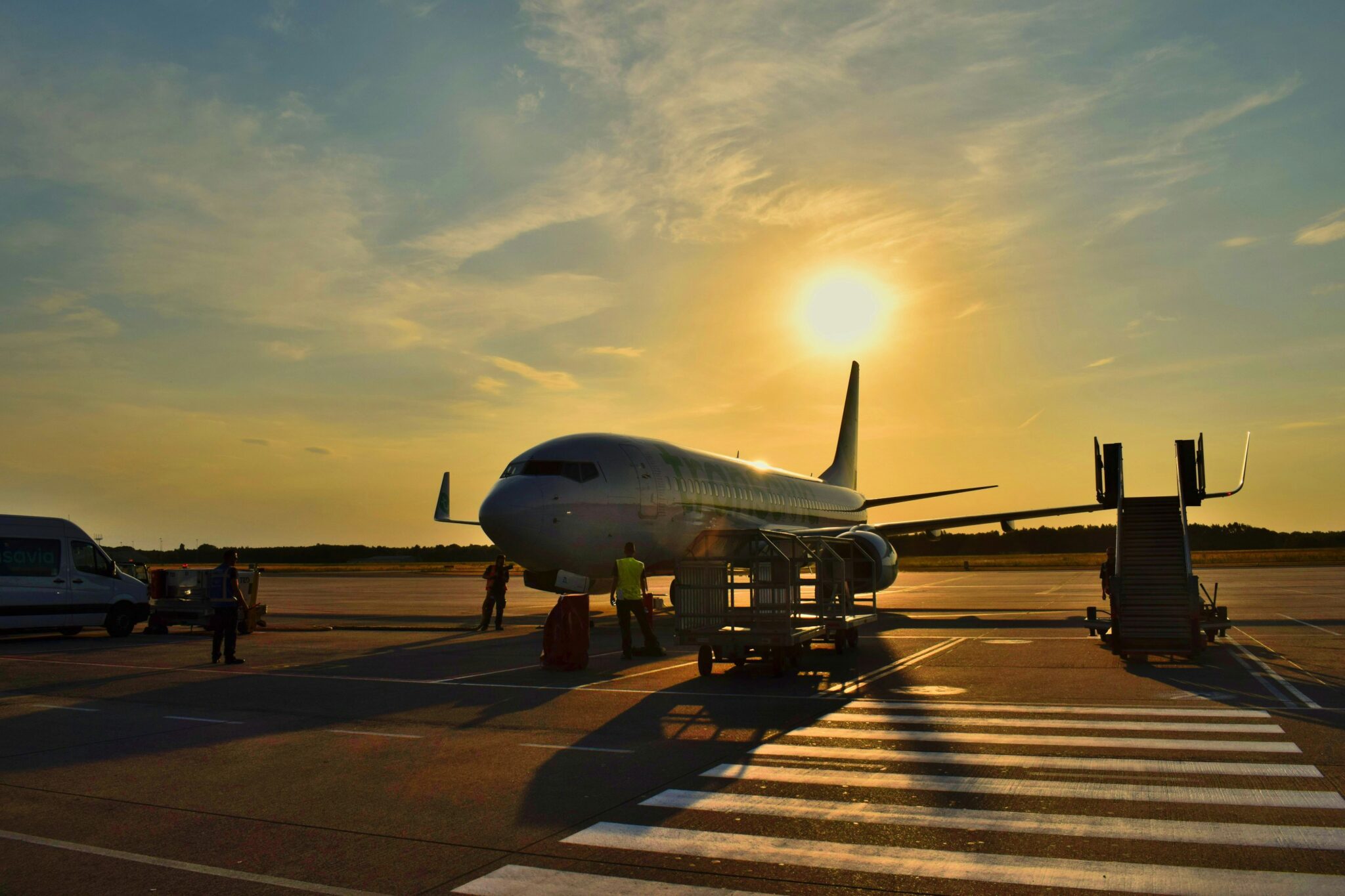October update:
The EU’s Entry/Exit System (EES) launches on 12 October 2025 for UK and other non-EU travellers.
No action is needed before you travel – registration is automatic and free at the border.
On your first trip, you’ll scan your passport, provide fingerprints (if aged 12+) and have a photo taken. Your record then lasts for three years or until your passport expires.
Checks will usually take place on arrival at your European destination airport.
If you’re planning to visit Europe from the UK, new travel regulations could impact how you prepare for your trip. The EU’s Entry/Exit System (EES) and the upcoming ETIAS (European Travel Information and Authorisation System) are transforming how borders are managed, making it crucial to understand these changes.
Here’s everything you need to know about the Entry/Exit System, the ETIAS and the 96-hour rules before you next fly to one of London Southend Airport’s destinations.
What is the Entry/Exit System (EES)?


The EES, launched October 12, 2025, replaces traditional passport stamping with a high-tech biometric system. On your first trip after the launch, you’ll register at the border by scanning your passport, having your fingerprints taken, and being photographed. This creates a secure digital record of your entry and exit dates, valid for three years or until your passport expires.
Crucially, you don’t need to do anything before travelling – registration happens automatically at the border and is free.
Children under 12 will not be fingerprinted, but all travellers – including babies – will be photographed and added to the system.
After your first registration, subsequent trips will be quicker: you’ll just scan your passport and provide either a fingerprint or a photo.
The system applies across Schengen countries (plus Iceland, Liechtenstein, Norway and Switzerland), but not when travelling to Ireland or Cyprus.
It also ensures compliance with the 90/180-day rule, which limits stays to 90 days out of any 180-day period across the Schengen Area. Overstaying could result in penalties.
What is the 96-hour rule?
To avoid delays at the border, it’s recommended that you ensure your biometric data and travel details are processed at least 96 hours before arrival. While not an official regulation, this timeframe allows you to resolve any potential issues with your documents before travelling. With the EES now operational, entry and exit times are recorded automatically, so overstaying – even unintentionally – could lead to penalties.
What about the £6 ETIAS e-visa?
From Q4 2026, UK travellers will also need to apply for an ETIAS. Costing around £6 (€7), this electronic visa is required for short stays in the Schengen Area. Applications will be checked against EU security databases, and most will be approved within minutes. However, flagged applications could take up to 96 hours to process, reinforcing the importance of preparing early.
You can find out more about this charge here.
Where will the checks happen?
For London Southend Airport passengers, EES checks will take place when you arrive at your European destination airport. That means you should allow for a little extra time on arrival while the new system is introduced.
However, each registration is expected to take just 1-2 minutes per person, though queues may be longer during peak travel times. European countries will also phase in the system over six months (until April 2026), so requirements may vary slightly.
If your travel includes other methods of transport, it’s worth noting that at the Port of Dover, Eurotunnel at Folkestone and Eurostar at St Pancras, EES checks will be carried out before you leave the UK. Cruise passengers travelling on itineraries that start and end in the UK won’t need to complete EES registration, as they’re classed as transit passengers – though those flying to or from Europe for their cruise will register when they arrive at or depart from the airport in the Schengen Zone.
How will this affect your trip?
With biometric checks now part of the entry process and the introduction of ETIAS on the horizon, planning ahead is essential. Here are some ways you can avoid any potential problems:
- Track your travel dates: Keep a clear record of recent visits to ensure you comply with the 90-day rule.
- Apply for ETIAS early: Once live, submit your application well in advance to avoid last-minute complications.
- No advance application needed for EES: Unlike ETIAS, there’s no form to complete or fee to pay before you travel – EES registration is automatic and free at the border.
- Allow extra time at borders: Biometric checks might initially cause delays as travellers adjust to the new systems.
Read more:
Stay informed
Whether you’re jetting off for a weekend city break or an extended holiday, staying within the rules and applying for any necessary documents in advance will help ensure a seamless trip.
Make sure to check for updates on travel regulations and Government advice before your departure to keep your journey as stress-free as possible.
Inspired to book your break?
#FlyLondonSouthend
